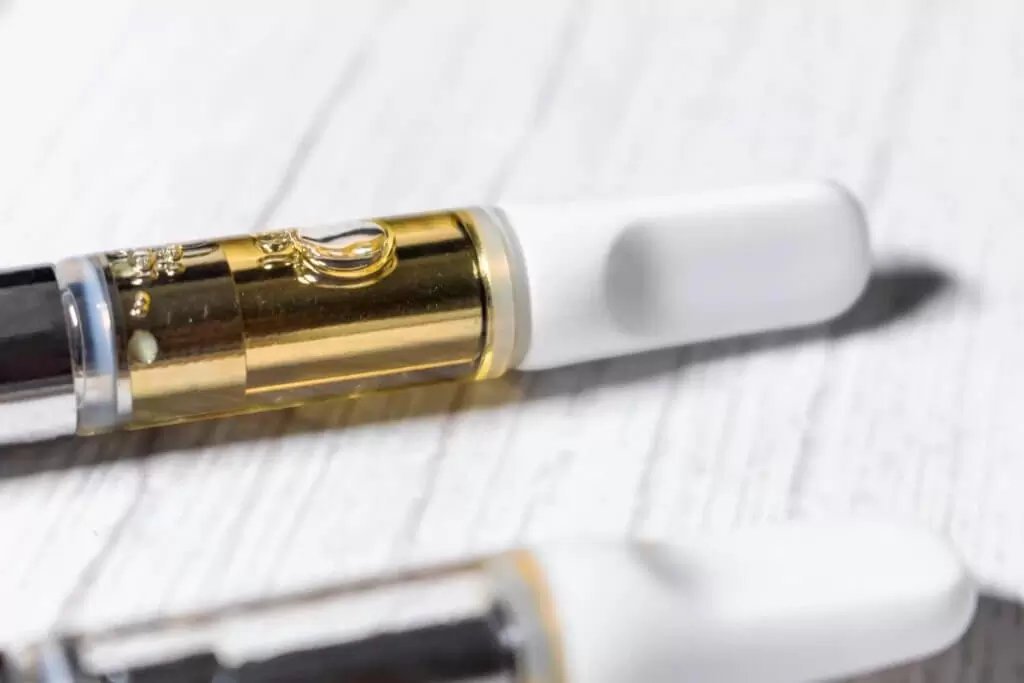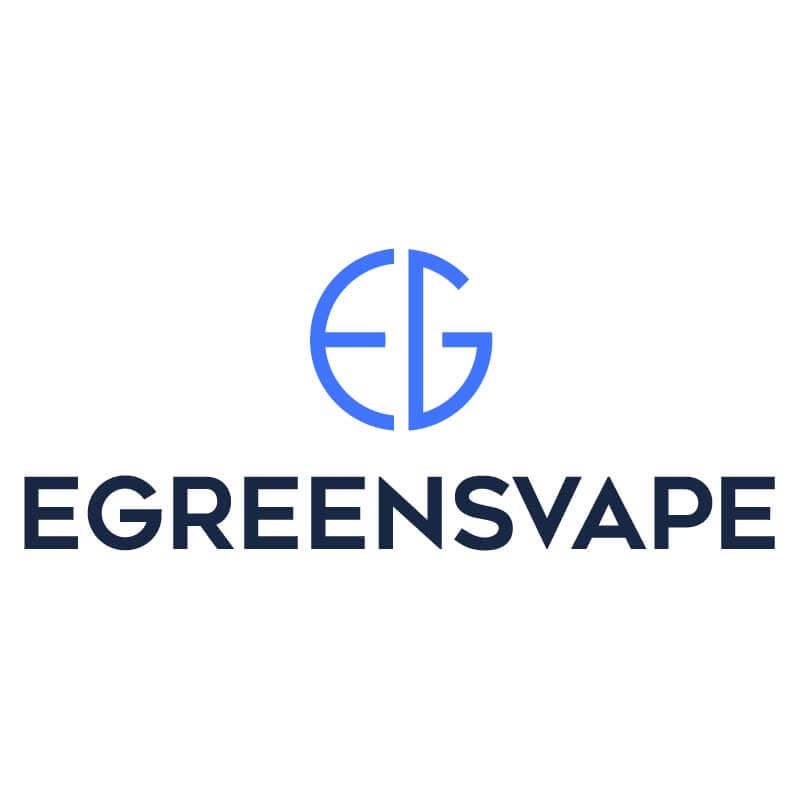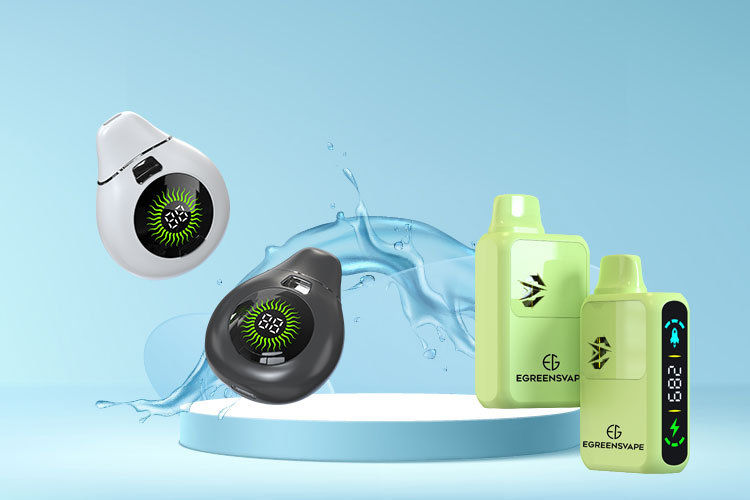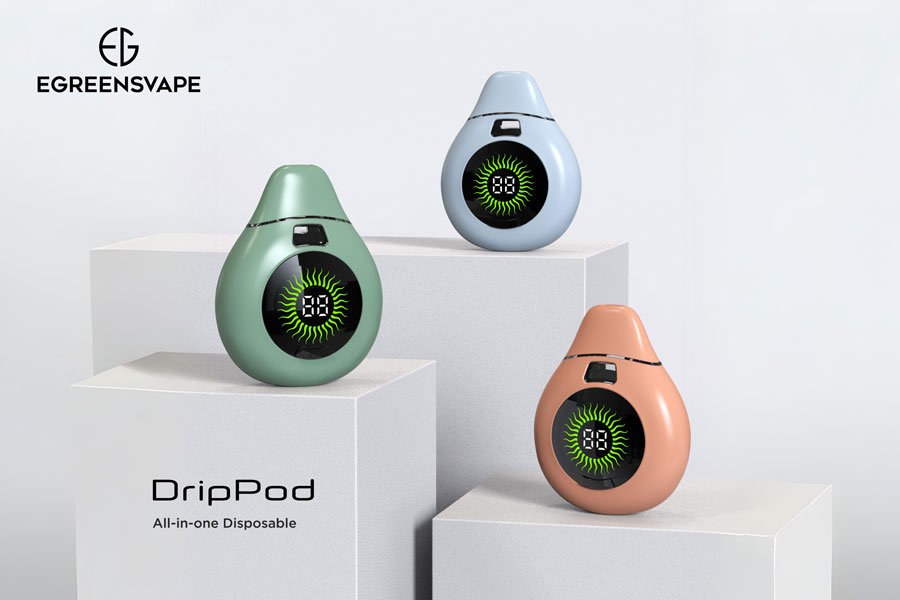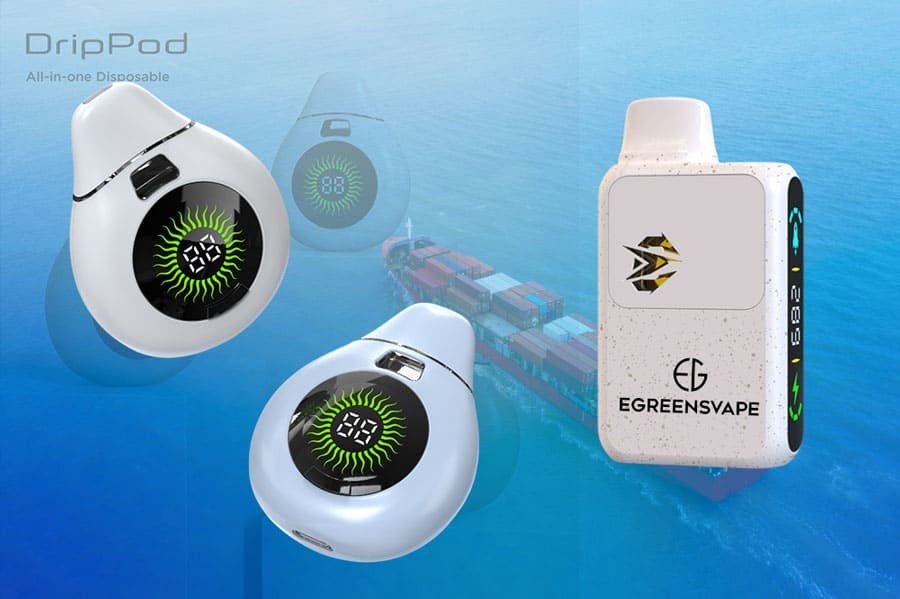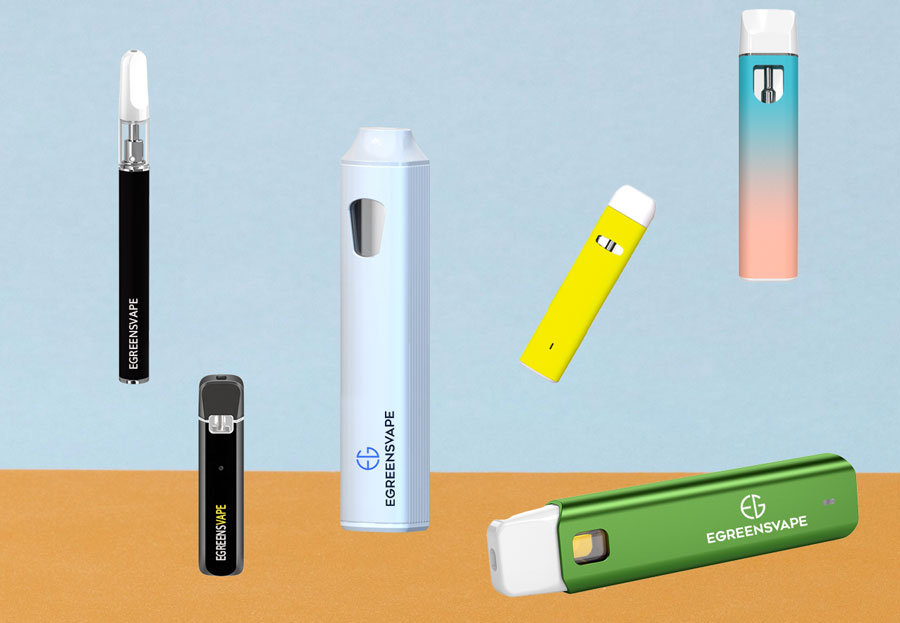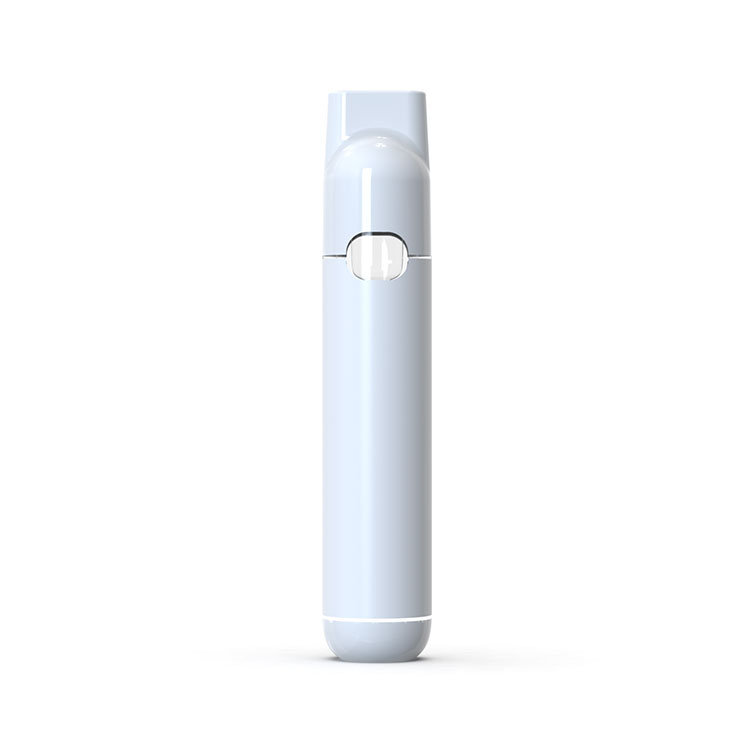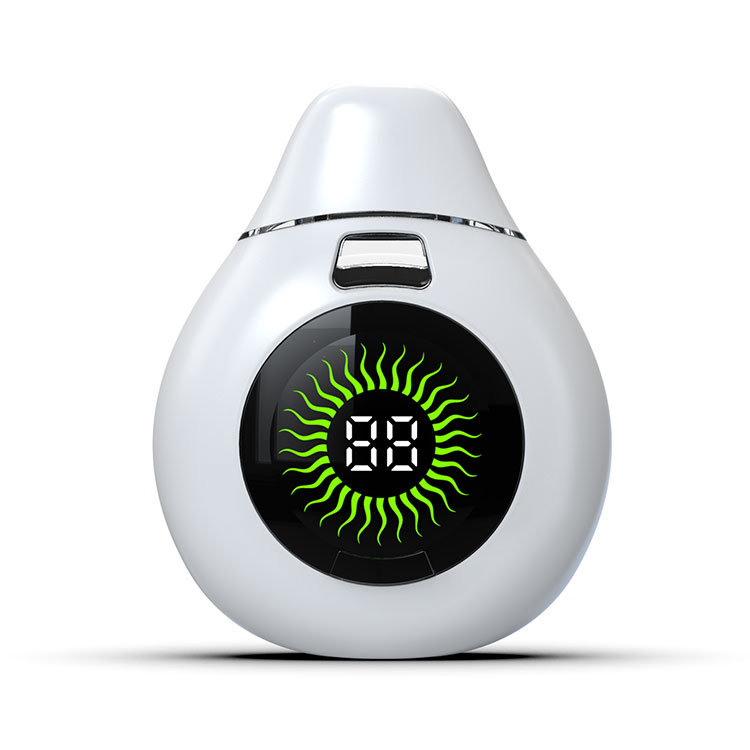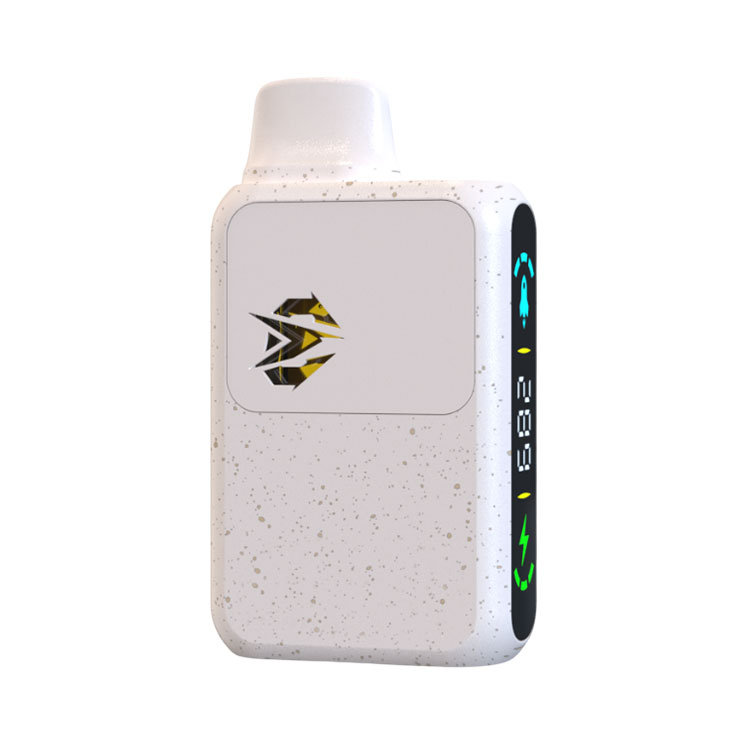As a marketer and seller of cannabinoid and cannabinoid products, you need to focus your buyer on products that are right for them. However, this can be hard when new products hit the market, particularly if they have a significant usage history.
THC-O, Delta 8, and Delta 10 are the new and trending hot cannabinoids. Though they are growing in customer base, if you want your products to sell, you need to show your target demographic that your firm sells the best and educates the best.
Regardless of the actual strain or intake method, as a marketer, you need to know who your audience is, what they want, what you need to sell them, and why these products will serve their needs above others. Building a foundation of trust in education will make your shop authoritative and trustworthy.
So, let’s get down to business and talk shop over what and how to sell THC-O, Delta 8, and Delta 10 vape cartridges and disposable pens.
What to remember when marketing different Cannabinoids
At this point, you should know about cannabinoids. But, in case your mind has wandered, let’s do a quick review before diving into these hot products. Remember, the more you know, the more you can sell.
The cannabis plant, legally, can either be considered hemp or marijuana. The difference is in the percentage of Delta-9 tetrahydrocannabinol (THC). To be considered hemp, the strain must have no more than 0.3% THC. If the strain has a higher concentration, it must be labeled as marijuana. This differentiation came out of the US 2018 Farm Bill that specifically expanded the definition of hemp to allow for more production and availability of CBD and other cannabinoids.
However, the cannabis plant doesn’t just have CBD and THC. It contains over 100 different varieties of cannabinoids. THC, however, is the principal psychoactive constituent that can be found in the most significant percentage. Because it is the most abundant, it is the most well-known and legally regulated.
Though, it isn’t the only psychoactive cannabinoid in the full-spectrum cannabis extract. This is where THC-O, Delta-8, and Delta-10 come into the picture. Know the following information to the point where you can answer questions from your clients.
Here are a few common questions you will get.
- What is THC-O? Delta-8? Delta-10? How are these different from CBD or THC?
- Does one make you higher?
- Do you still get the munchies?
- Are there any side effects? Are they safe?
- Can they be put in regular vape pens?
- Which one should I buy if I want something calming?
What is THC-O?
The two main cannabis constituents that are well known are CBD and THC. THC is Delta-9. So, what is THC-O? As the name implies, THC-O is a type of cannabinoid that has psychoactive properties. However, because it isn’t Delta-9 THC, it is wholly derived from hemp and thus legally available in many states that don’t allow for Delta-9 THC sales.
However, THC-O (or THC-O-acetate, the full name) isn’t as quickly processed out of the cannabis plant as CBD or THC. Instead, it needs to be processed to make it an active psychoactive agent. This chemical alteration creates a brown sludge or wax used in all types of typical CBD or THC products.
The main difference between THC-O and other cannabinoids is that THC-O is called the “spiritual cannabinoid.” You will hear this everywhere. Every seller mentions this name. Why? Not only is it 3x (three times) more potent than THC, the high is more akin to psilocybin, the active ingredient in magic mushrooms, than regular marijuana.
THC-O sells because it is unique and legal. As a result, your customers will gravitate to THC-O if they look for a trippy high unlike anything found in other cannabis products.
What is Delta 8?
When comparing Delta-8 to the other cannabinoids, most retailers describe Delta-8 as a smooth and clean high that straddles the line between CBD and Delta-9 THC. This isn’t a “let’s smoke a joint” high. This is a “let’s situate ourselves right and let the mood take us where we need to go.” Delta-8 is a type of psychoactive cannabinoid like THC but with less of a mental haze.
Further, it is less sedating, less anxiety-producing, absorbs quickly and often has an energy kick. Users will still get the euphoria they need but won’t be paranoid or anxious from the experience.
Delta-8 sells because it is very close to the potency of Delta-9 THC, but it lacks many of the downsides that consumers get with regular THC. When you are selling Delta-8 products, focus on the wide availability of the products due to the lack of legal regulation and the clean high it gives.
What is Delta 10?
Of the three cannabinoids discussed above, Delta 10 is a minor psychoactive constituent of the hemp plant. Though it is still a variety of THC and does produce a high, it is less potent than either Delta-8 or THC-O. However, it is still trendy for its other properties. Some studies point to its neuroprotectant, appetite stimulant, and anti-inflammatory properties. Think of it as CBD with a kick. Here are the key selling points when talking about the differences between Delta-8 and Delta-10.
Delta-8 Benefits:
- Stress and anxiety reducer
- Creates relaxation
- The mild high associated with calming thoughts
Delta-10 Benefits:
- Energy enhancer and boost
- Alertness enhancer
- Smooth, uplifting high
Delta-10 sells because the user can gain all the benefits of a CBD-like product plus the added benefit of an uplifting and almost euphoric high. These products are made for the individual who still needs to work but wants to feel energized.
Do you need special vape cartridges or pens for these cannabinoids?
You do not need anything special to use alternative cannabinoids in standard vape pens. Instead, your focus should be on what type of carts you want to market to your target audience. If you are buying wholesale vape carts, you need to consider each style’s look, feel, and use. These change if the pen is disposable or something used again. Here are some considerations you should think about for your customers.
- Cotton Free Cartridge
- Lead Free Ccell Cartridge
- Full Ceramic Cartridge
- Push-top Disposable Cartridge
Each style of cart will have an appeal to a different market. The more types you have in stock, the more likely a consumer will find something they like. Vape pens have the same variety of construction and consumer appeal. Here are some style differences you should consider.
- 380mAh battery with variable voltage
- 11.2mm diameter thin and compact design
- Ccell cartridges compatible
- Twist bottom variable voltage
Disposable pods and pens have more flair to them and are easily purchased, used, and discarded. They are great for promotions, giveaways, and goodie bags at conventions. Here are a few styles to consider.
- Postless AIO Disposable Pen
- Rechargeable Disposable Pen
- 1.0ML Delta-10 THC Rechargeable Disposable Pen
Should you brand the cartridges and pens?
Any decent and trustworthy wholesale supplier should be able to provide branding on all their goods. If they can’t do that, you are most likely buying from an intermediary and not directly from the manufacturer.
To answer the question, you should always brand your vape pens. Any product without a brand label or logo is lost to the world. That would be a missed opportunity. For example, if you are at a convention with a swag bag and offer free disposable pens without branding, will they even remember who you are?
If your customers run out of juice, but your name isn’t on your packaging, how will they know where to get a resupply package? Your packaging should reflect your brand and your company ethos. With child-resistant packaging, blister packs, and gift packaging options, you won’t be at a loss for options when ordering your supply.
How do you choose which pen to market?
The type of pen, pod, or cartridge you choose fully depends on the market you are tapping into. When you introduce new tools to an unfamiliar demographic, you will have a learning curve to overcome. Education can be a boundary to onboarding more sales, but you can increase your market share with customers loyal to your expertise if done correctly.
However, don’t ever lose sight of your customer by trying to force a deal. Instead, do your research ahead of time to determine what styles they like and use. Make their lives easier by supplying them with everything they already know and love. Offer alternatives at competitive pricing to draw them into new products and educate them on the differences.
The worst thing that could happen is that a line isn’t famous, and you must sell it at a discount. When buying your stock from a wholesaler, you don’t have to worry about losing money. You can upcharge with the comfort of building in a buffer to protect your business from failing. So, when you expand into new lines and new products, onboard a supplier with the branding abilities you need to stand out in your market.

